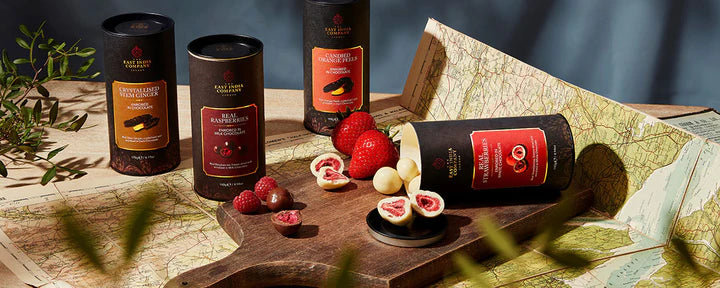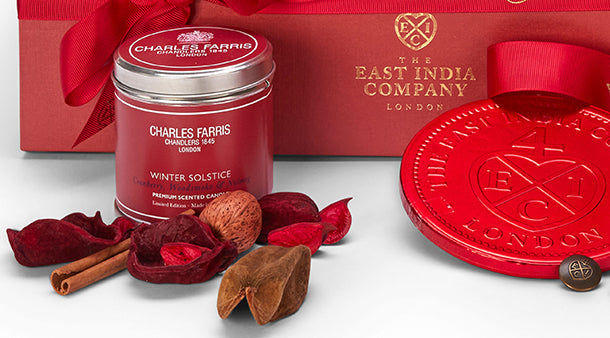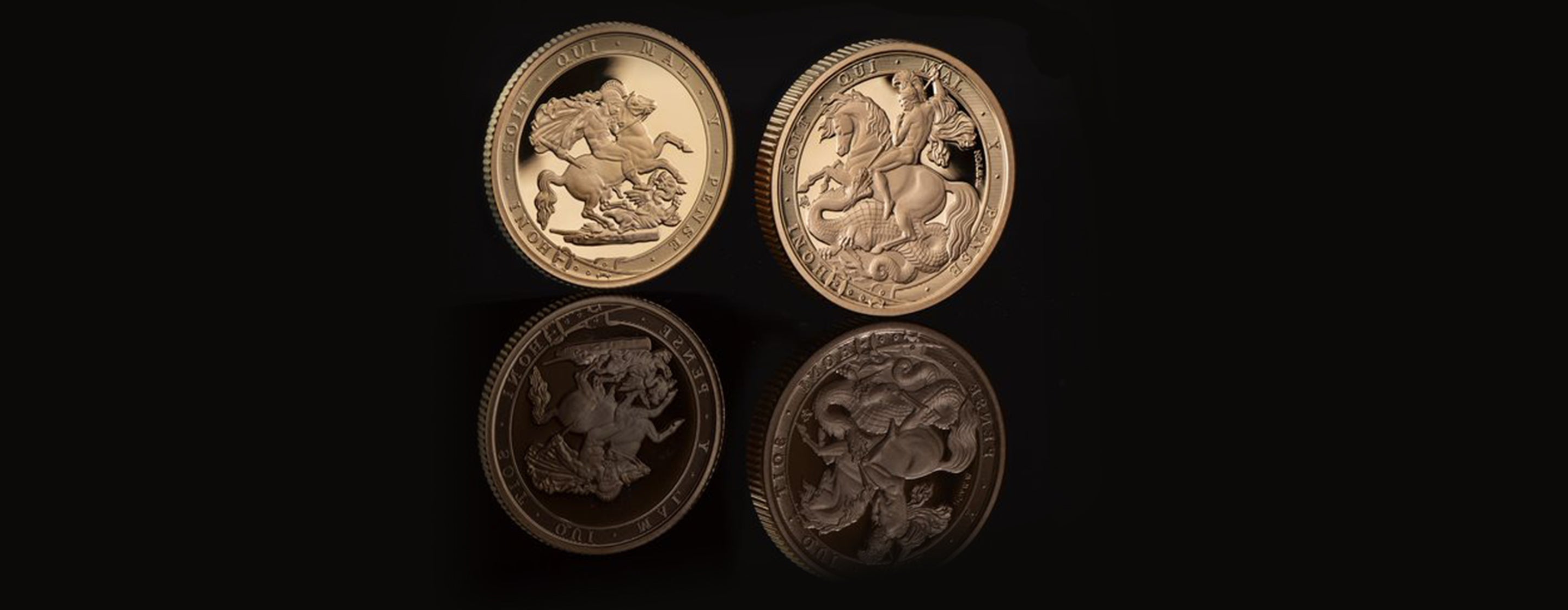In 1816 William Wyon, an Assistant Engraver at The Royal Mint, entered a competition to design new coins for the Great Recoinage. His submission, The Three Graces, lost out to Benedetto Pistrucci’s iconic St George & the Dragon design.
So began a period of rivalry between Wyon and Pistrucci, both men looking to out-do each other with Wyon’s calm, understated personality a contrast to Pistrucci’s more impulsive, tempestuous nature.
The rivalry was finally eased in 1828 when the Master of the Mint, George Tierney, found roles that would make the most of both men’s’ skills; Pistrucci was made Chief Medallist while William was appointed to the position of Chief Engraver.
In 1844, Wyon received a private commission from Prince Albert to design a personal medal for the Prince Consort. In 1851, the year of his death, Wyon’s interpretation of St George & the Dragon was awarded by Albert to celebrate the success of the Great Exhibition. It was an iconic image that has become synonymous with his early rival, Benedetto Pistrucci, is full of energy as St George slays the mighty dragon beneath his rearing steed, believed to have been modelled upon Prince Albert’s favourite horse, ‘Imaun’.
Pistrucci’s St George & the Dragon was to become the design for King George III’s sovereign gold coin in 1816 and has become a numismatic classic across this historic specification, issued again by the Royal Mint in 2017 bearing the effigy of the Late Queen Elizabeth II.
Wyon’s version which graced Alberts personal medal was never issued as a coin unitl now with the release of the very first King Charles III Piedfort Sovereign Gold proof coin issued by the Government of St Helena in partnership with The East India Company.
Explore Wyon’s Masterpiece St George & the Dragon range of coins HERE

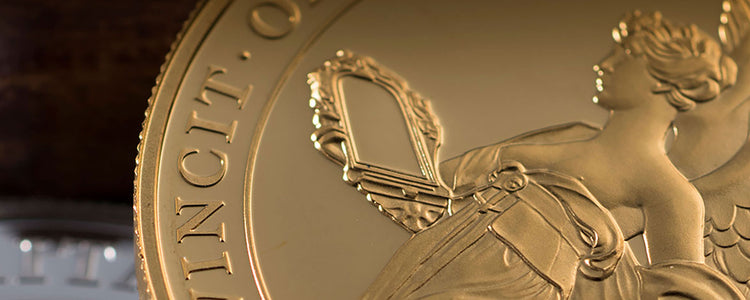

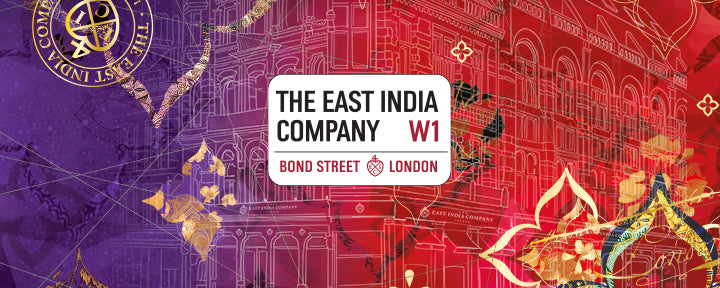
 Ceylon / Sri Lanka
Ceylon / Sri Lanka Assam, India
Assam, India Japan
Japan Taiwan
Taiwan Nepal
Nepal China
China Kenya
Kenya Egypt
Egypt South Africa
South Africa